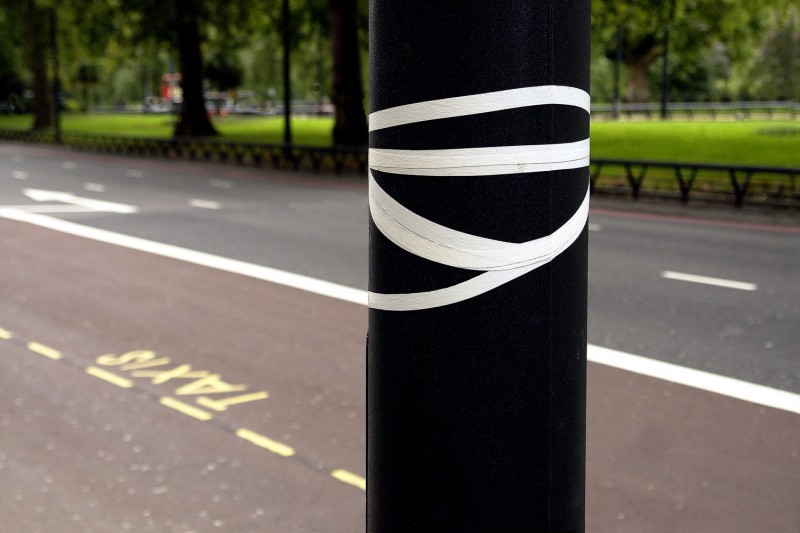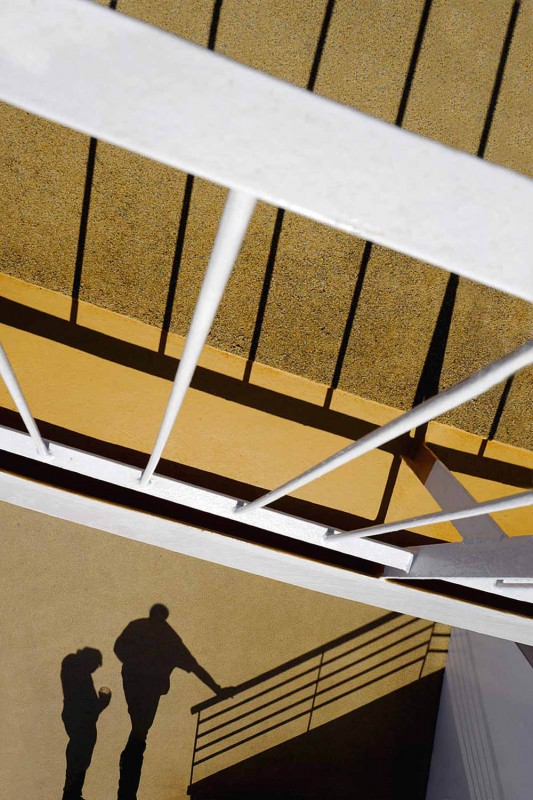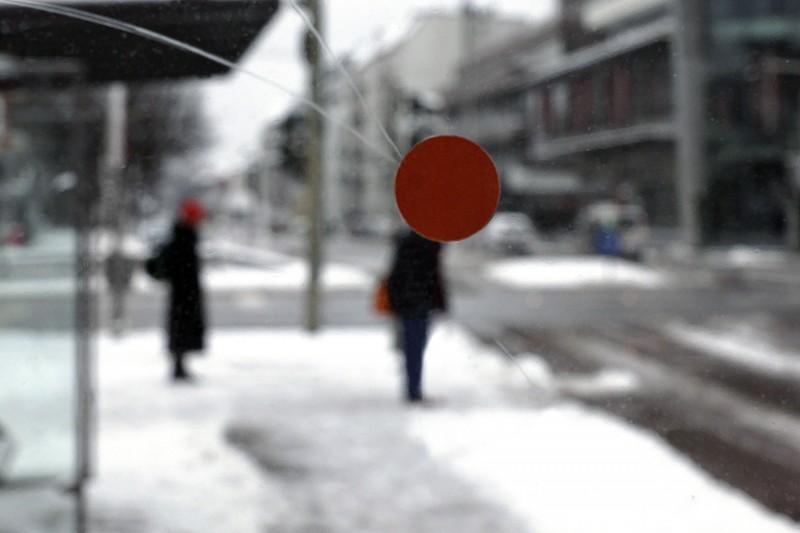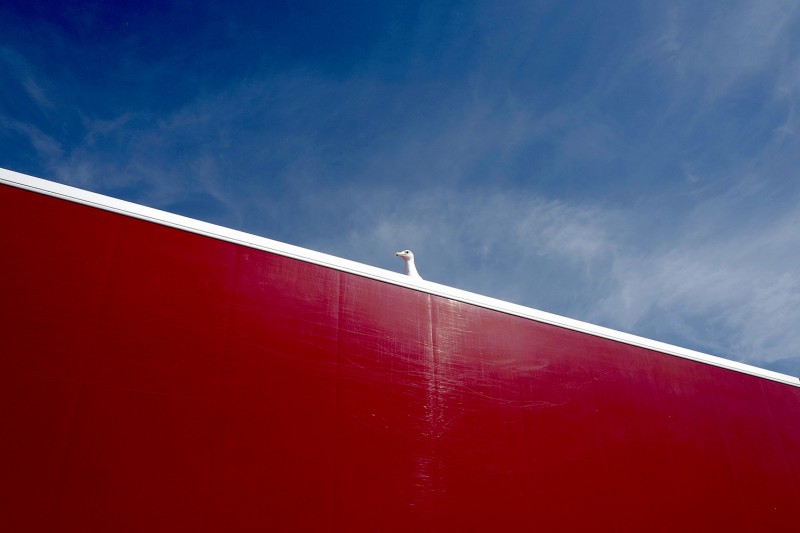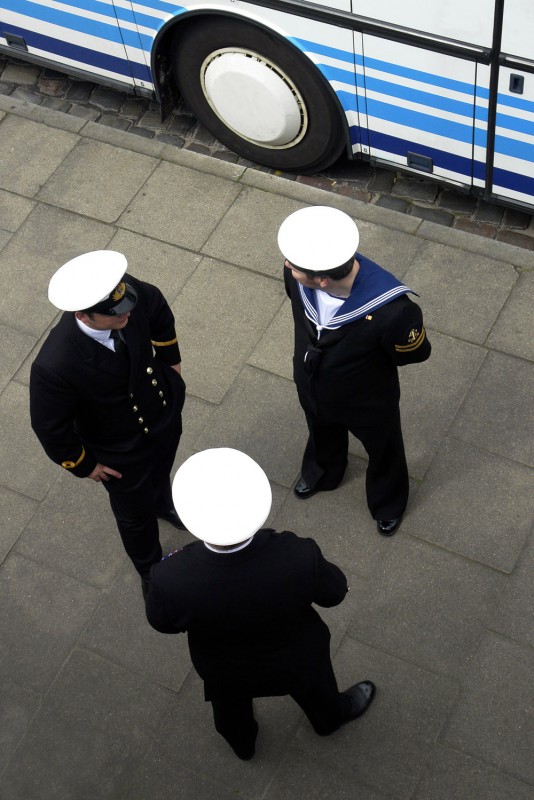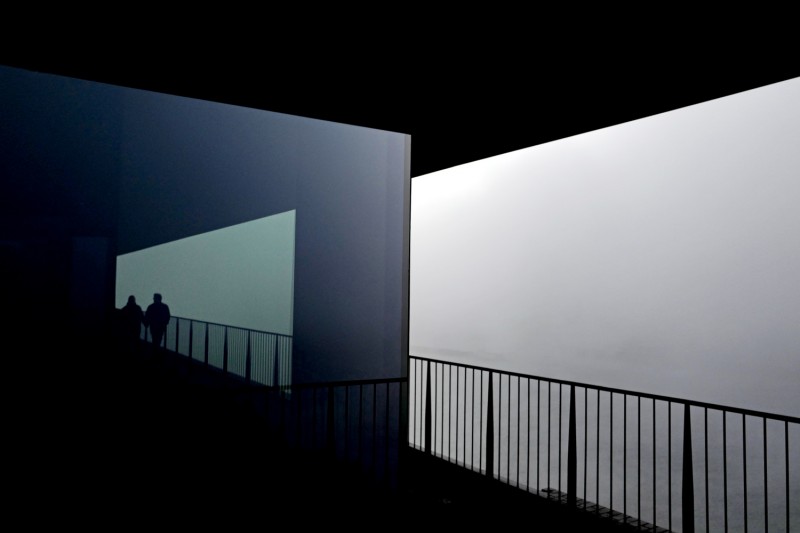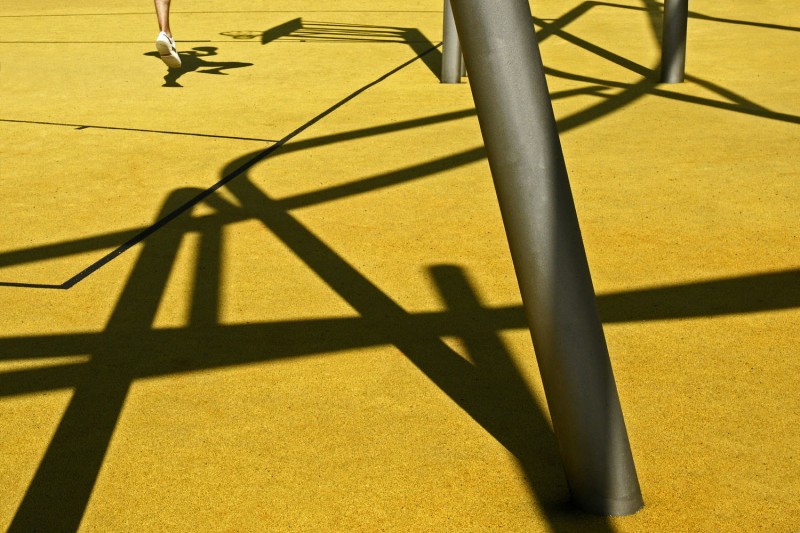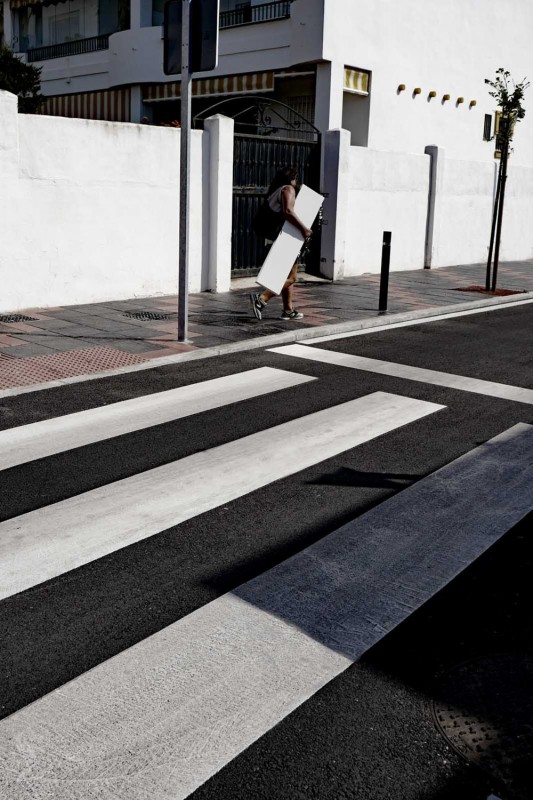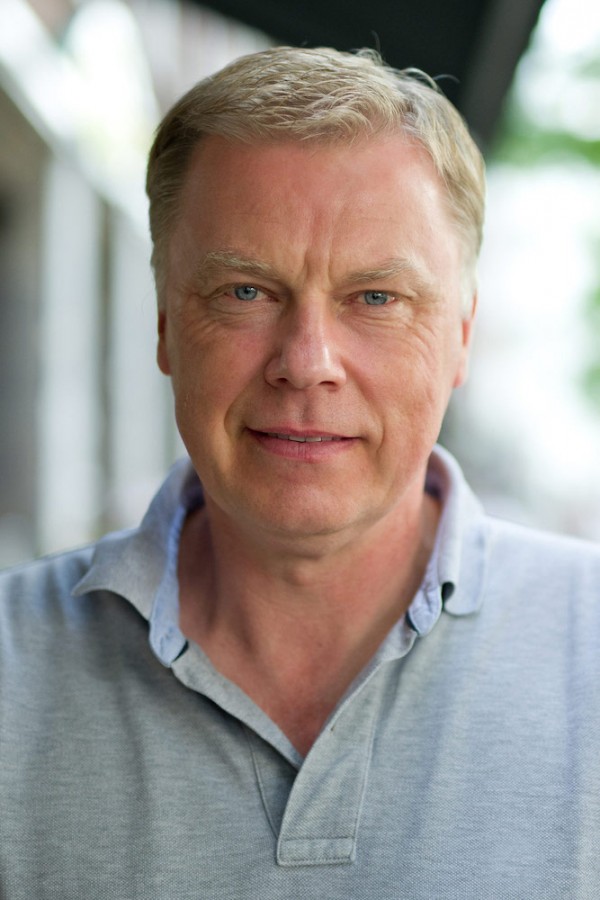Of shapes, colours and surfaces
Of shapes, colours and surfaces
Siegfried Hansen
October 30, 2018
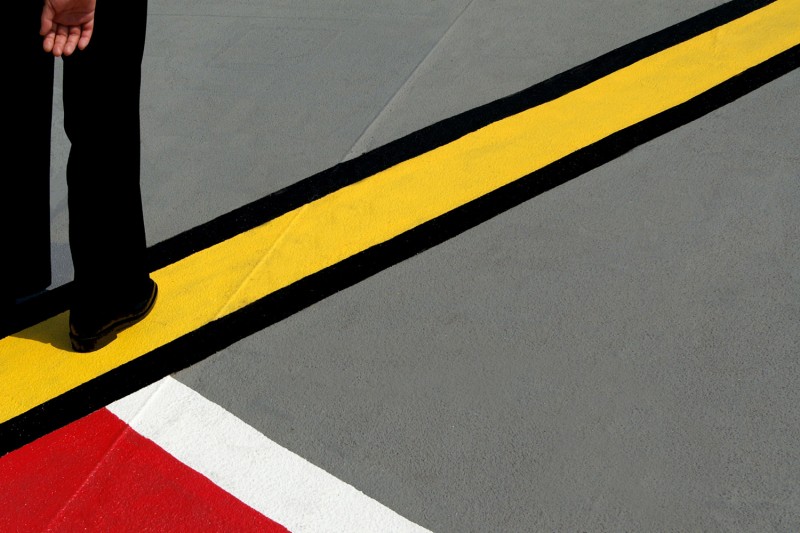
Siegfried Hansen: In 2002, I saw an exhibition by André Kertész that very much impressed me. I have been a street photographer ever since, looking for and finding my motifs in everyday life.
Many of your pictures play with light, shadow and chance, while others are very much defined by lines, shapes and colours. How would you describe your photographic approach in your own words?
It was a developmental process that lasted between eight and ten years. I registered influences by other artists – photographers as well as painters – that I found interesting. I took those influence into my work and, as a result, developed my own style.
The real effort is to let go and then change your perspectives. In my workshops, I show very explicitly through my own pictures how this happened: by collecting rather than hunting for singular moments.
As a result of this specific technique I am very concentrated, but always taking pictures. I go on collecting until the motif no longer interests me or until I end up with a top picture.
Are there particular emotions that you are hoping to trigger in the viewer?
No, there are no particular emotions I want to trigger; but, of course, I’m happy when something is triggered in the viewer. Initially I take the pictures for myself.
The scenarios you present often lead to the desire to take a longer look, to try and decipher the situations. How much patience is needed to capture these kinds of motifs?
That’s something a neutral observer might think about many pictures, but in my case the reality is that I’m not very patient and tend to be constantly moving more than anything else. After many years of observing, you can quickly see if a situation might evolve into an interesting image.
What practical tips would you give interested street photographers?
A good street photo is an interplay between photographic know-how, luck and stamina. That takes time, and there are no short cuts. I think any person can take good street photographs. The most important things when following this aim are: to train, to learn imagery, and to get constructive feedback – either from the internet or from like-minded photographers.
What Leica equipment do you prefer to use and why?
I’ve been using the Leica Q for years. The camera is handy, quick and takes high-quality pictures. Because of the 28mm lens, I’m forced to get closer to the objects. On the other hand, it’s very good for capturing the whole space. This is precisely what works so well for my graphic images.
Siegfried Hansen+-
Siegfried Hansen detects visual compositions in the colours and lines of everyday life, which he turns into ‘street photography’. It is not faces or bodies that are at the heart of these pictures, but rather graphic relationships and formal connections between the individual elements in the pictures.
It reveals the always surprising aesthetics of chance in public spaces. His works has been published in the books Street Photography Now and 100 Great Street Photographs. His own photo book, hold the line, has been published by Kettler Verlag. Born in Hamburg, the photographer has received numerous international awards for his work. He shares his experiences and approach in workshops. More

